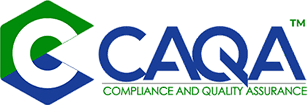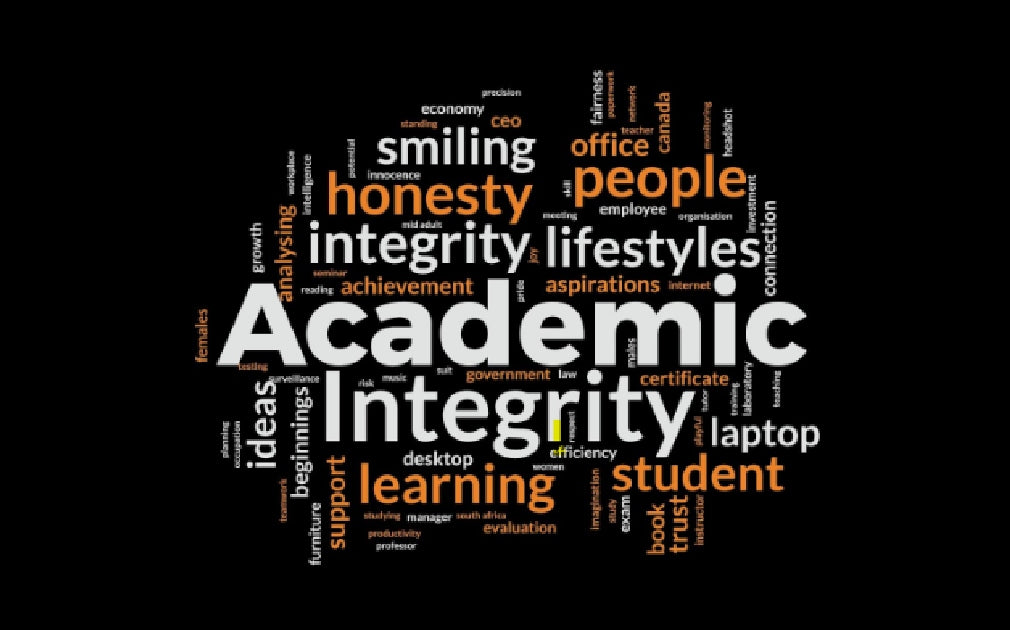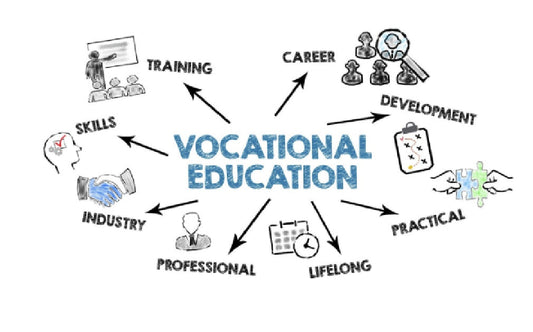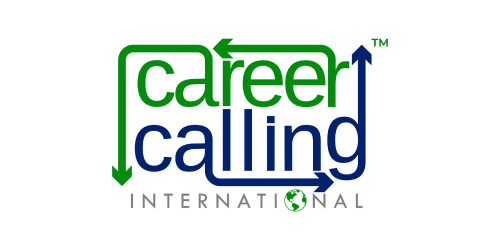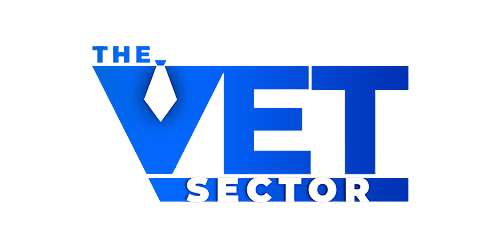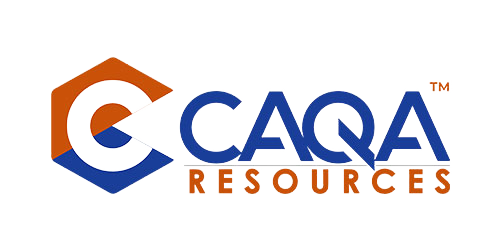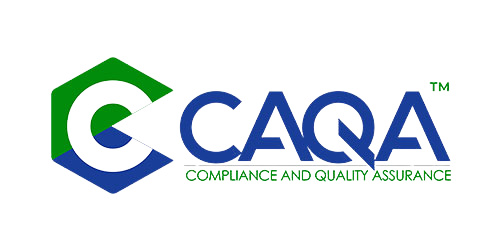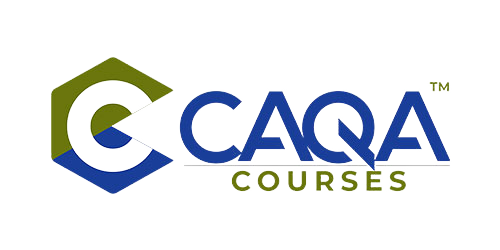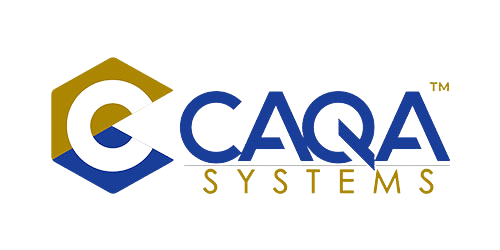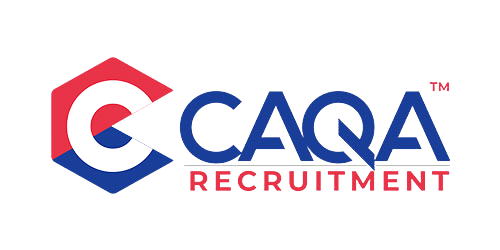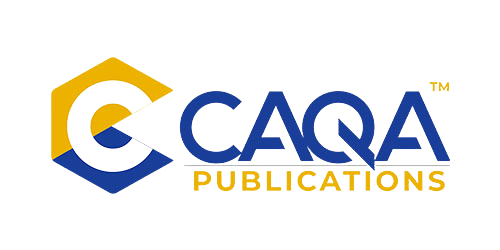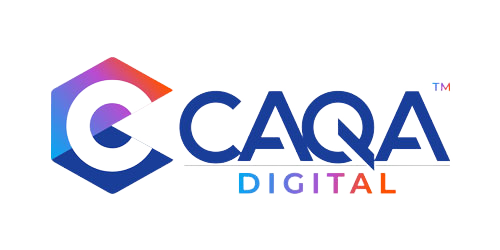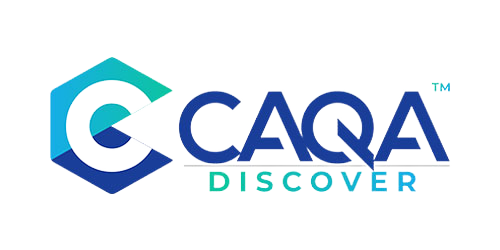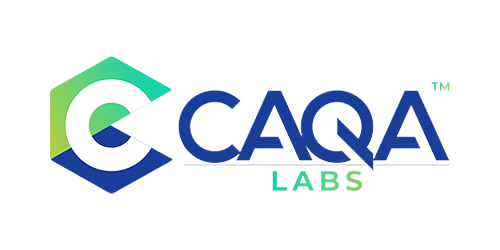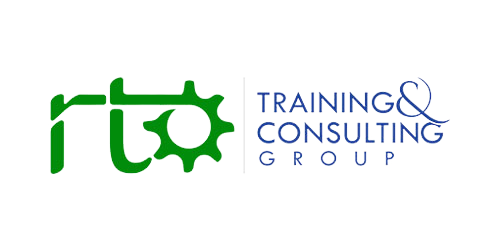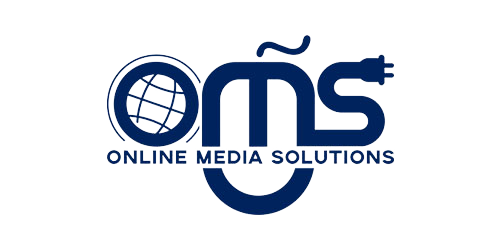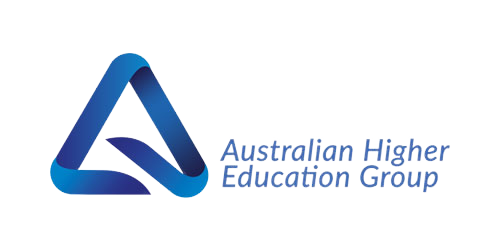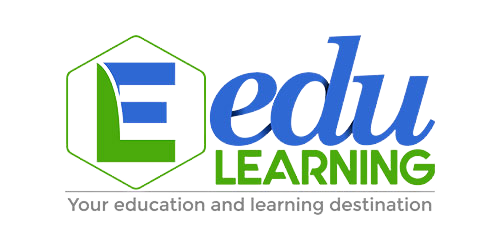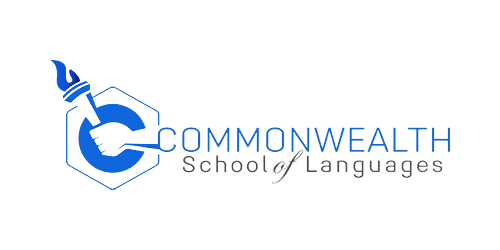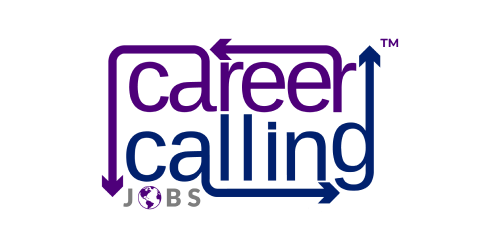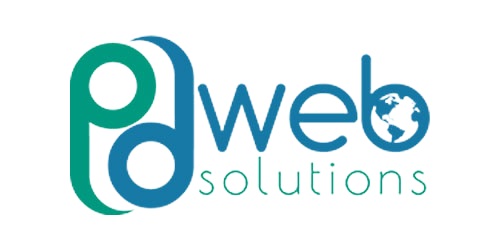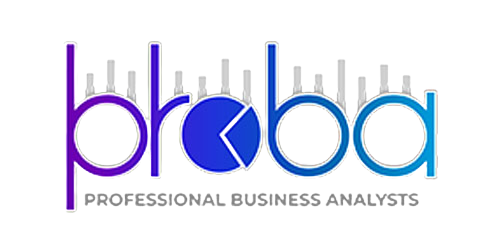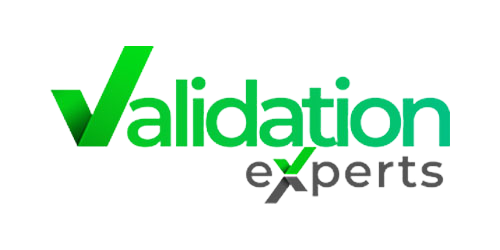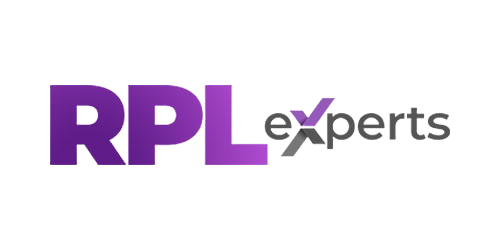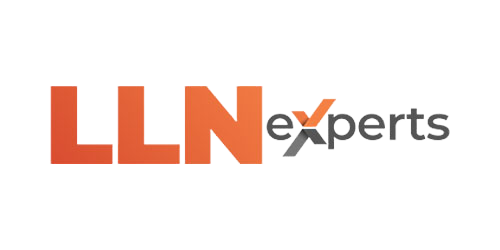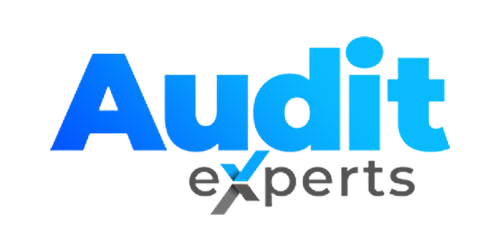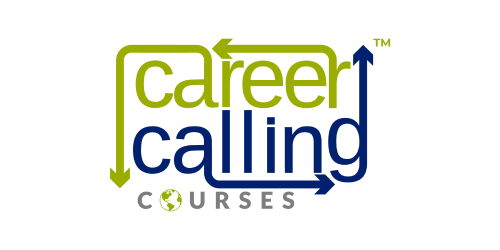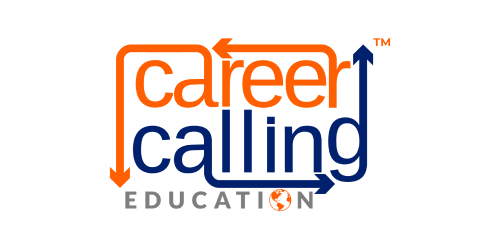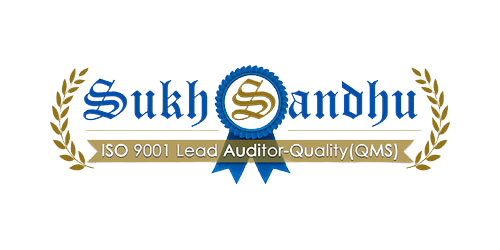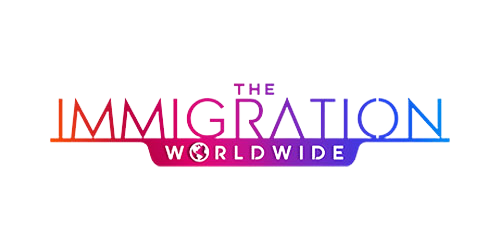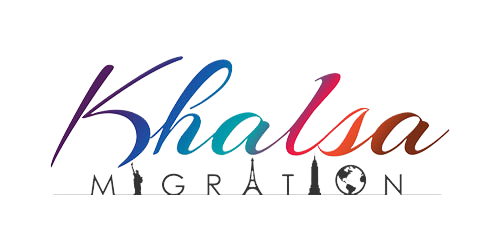Executive overview
Academic integrity is no longer a niche policy concern. It is a first-order risk to institutional viability, student safety, workforce readiness and Australia’s international reputation for quality education. Across 2024 and 2025, both the Australian Skills Quality Authority and the Tertiary Education Quality and Standards Agency have elevated academic cheating, contract cheating, non-genuine assessment and integrity in international delivery as priority threats. Their public reporting now shows sharp growth in intelligence, investigations and enforcement devoted to these issues, and the message is clear. Detection is rising. Tolerance is narrowing. The burden of proof sits with providers.
This article offers an evidence-based account of the current threat landscape and its consequences for both VET and higher education. It also provides a practical blueprint for leaders who need to redesign assessment, harden identity assurance, upskill staff, and demonstrate real-world effectiveness under outcomes-based regulation. The context is Australian and the stakes are immediate.
The integrity picture in numbers
ASQA’s year-end Regulation Report for Q1–Q4 2024–25, to 30 June 2025, reads like a ledger of ongoing pressure on assessment and certification quality. The regulator recorded 3,127 VET tip-offs for the year, up from the partial-year baseline after the tip-off line launched in late 2023. It completed 284 performance assessments, with 78 per cent resulting in findings of non-compliance. These assessments sit alongside more than 200 serious investigations under active management during the year, underscoring both scale and persistence of integrity breaches across the national training market.
The same report details the regulator’s operational posture. Selection for performance assessment is based on risk indicators, and ASQA paired monitoring with 116 site visits during the year to test delivery reality, including unannounced activity in CRICOS contexts. The figures confirm that integrity risks are not theoretical and that assessment systems are failing too often in practice.
TEQSA’s posture has hardened in parallel. Since the Commonwealth criminalised advertising and provision of academic cheating services in higher education, the agency has combined sector training, guidance and disruption powers to shrink the public footprint of commercial cheating. By late 2023, TEQSA had disrupted almost 290 cheating websites and removed 841 social media accounts or adverts that promoted illegal essay mills. In 2025, the program intensified again, with an official update noting a further 60 websites blocked, taking the cumulative total to 475 under protocols with major Australian internet service providers. The signal is unambiguous. Organised cheating is being pursued as a systemic integrity threat, not an isolated student conduct issue.
The technology shock: generative AI and the normalisation of AI-assisted study
The rapid spread of generative AI has fundamentally changed the risk calculus. Reliable, Australia-specific estimates for AI-enabled cheating are still hard to pin down because the tools evolve quickly, and reporting can lag. However, independent international evidence provides a clear directional signal that is relevant to Australian policy and practice. The Higher Education Policy Institute’s 2025 Student Generative AI Survey found that 92 per cent of full-time undergraduates use AI tools, and 88 per cent report using generative AI for assessments. These results, while drawn from UK cohorts, mirror the practice shifts that Australian institutions and regulators have observed and help explain the strategic pivot toward authentic assessment and staff capability building.
TEQSA’s Good Practice Hub has moved quickly to curate practical resources on assessment redesign in the era of AI, including guidance on learning assurance, staff development and realistic task design. These resources emphasise that detection tools alone cannot carry the load. Institutions must define permitted and prohibited uses of AI, refresh assessment tasks frequently, and triangulate authorship and identity through human-centred checks.
How the threat is changing on the ground
The contemporary integrity threat pattern spans traditional plagiarism, collusion and impersonation. It is now increasingly mediated by commercial cheating services and by general-purpose AI that can industrialise ghostwriting, rewriting and on-demand artefact generation. These actors exploit predictable task design, weak identity verification, unsecured LMS workflows and inconsistent staff capability. TEQSA has warned of changing tactics by commercial services and has paired takedown activity with training for the sector through its Masterclass on contract cheating detection and deterrence. Australian providers are responding with explicit AI-use rules, redesign of assessment portfolios, and two-lane models that separate invigilated tasks from supervised, AI-permitted authentic tasks.
In VET, similar dynamics play out within the stricter context of competency-based assessment and longstanding evidence requirements. Where non-genuine assessment is detected, the downstream effects are immediate, since many qualifications feed directly into licensed or high-risk employment. The cost of failure is therefore measured in both safety risk and credential value.
What the regulators now expect in VET
ASQA’s 2024–25 and 2025–26 regulatory settings convert these threats into concrete compliance expectations under the revised, outcomes-based Standards for RTOs. Providers must maintain academic integrity policies that address AI, contract cheating, plagiarism and document fraud. Assessment systems must be able to demonstrate the authenticity of evidence against the training product’s requirements. Monitoring and escalation must generate auditable records for each suspected or confirmed breach. The regulator’s toolkit includes performance assessments, evidence reviews, site visits and unannounced CRICOS blitzes, with a clear instruction to suspend issuance, assessment or enrolment for implicated cohorts where necessary. These actions now integrate with multi-agency operations when integrity risks intersect with migration or organised crime networks.
The year-end report makes plain that enforcement appetite has increased. Rejections of initial registration applications and renewals have risen on integrity grounds, reflecting closer scrutiny of assessment systems, data integrity and governance controls. This is not a temporary spike. It is the new baseline.
What the regulators now expect in higher education
TEQSA’s approach links disruption powers to educative support and institutional responsibility. The Good Practice Hub collates practical materials on assessment reform, academic integrity, and staff capability in a generative AI world. TEQSA’s message is consistent. Institutions cannot rely on detection tools alone. They must redesign assessment for authenticity, harden identity assurance, train staff, and demonstrate that their breach management is timely, fair and effective. The agency’s regular updates on website blocks and social media takedowns serve a second purpose. They move integrity concerns from the shadows into a shared public space, signalling that cheating services pose cybersecurity, privacy and extortion risks for students as well as academic ones.
Consequences that bite: from sanctions to safety
When academic integrity fails at scale, the consequences are systemic. ASQA’s monitoring shows non-compliance findings in the overwhelming majority of targeted reviews. In regulated fields such as care, disability and construction, inauthentic assessment can cascade into qualification cancellations and employer remediation, with real-world safety implications. TEQSA’s enforcement and disruption program continues to shrink the surface area of essay mills in Australia, while reminding institutions that agents or staff facilitating breaches will face regulatory action and reputational harm. In simple terms, the cost of prevention is far lower than the cost of failure.
Design for authenticity: what good assessment looks like in 2025
Leaders should now think in terms of layered controls that place authenticity at the centre.
Context-rich task design. Tasks should be grounded in realistic scenarios, unique artefacts, and live data where possible, with frequent refresh to disrupt outsourcing markets. Where AI-permitted tasks are used, the boundaries must be explicit and the evidence of human learning visible in drafts, oral explanation, reflection and applied demonstration.
Identity and authorship assurance. Strengthen candidate authentication for online tasks. Use verified USI data as a keystone in VET assessment records. Deploy in-person or remote proctoring only where proportional to risk, and combine it with short viva voce checks for high-stakes outcomes. Maintain clear records of who was assessed, by whom, when, and on what basis.
Forensic signals and metadata. Build capability to read submission metadata, platform activity logs and progression timelines. Patterns such as bulk uploads at identical timestamps, recycled files across cohorts, and extreme shifts in output quality without a plausible cause are all signals that should trigger follow-up.
Portfolio and progression. Map learning over time rather than single points of assessment. Require artefacts that accumulate with feedback. Use supervised checkpoints to validate authorship and skill growth. In competency-based contexts, ensure evidence meets the rules of evidence and aligns with workplace task reality.
Two-lane portfolios. Where appropriate, separate invigilated “no-AI” tasks that test core knowledge from supervised “AI-permitted” tasks that test higher-order application and critique. Publish the rules, teach them, assess them, and enforce them.
The people side: capability, culture and clear messages
Capability and culture are as decisive as task design. Staff must understand both the possibilities and the limits of AI tools and the behaviours of commercial cheating services. TEQSA’s free Masterclass on contract cheating detection and deterrence is a fast way to lift baseline skills. Institutions should record participation, track completion and integrate lessons into local procedures. Students need clear, repeated messaging on what is permitted and why, with consistent application across subjects and units. Where breaches occur, a tiered framework should distinguish error from intent while preserving the integrity of awards.
ASQA’s educative content has elevated integrity as a cross-cutting theme. ASQA IQ editions and workshops emphasise both policy design and day-to-day enactment, reminding providers that outcomes-based regulation is evidence-based regulation. Early intervention campaigns for CRICOS providers, such as amber letters and unannounced site visits, are not box-ticking. They are a test of whether provider culture translates into practice.
Governance that works under outcomes-based regulation
A credible integrity framework is simple to describe and hard to fake.
Board-level oversight. Treat academic integrity as a standing governance item with a named responsibility. Require regular reporting on incident volumes, patterns, remediation and independent assurance.
Risk registers that move. Tie risk signals to controls, owners and deadlines. Update quarterly with evidence of action.
Incident management that learns. Standardise intake, triage, investigation and decision-making. Record rationales, timelines and outcomes. Use the data to improve assessment design and staff training.
Third-party controls. Where agents or partners recruit international students or deliver components of training, the provider retains responsibility. Contract for integrity outcomes, monitor them monthly, and terminate swiftly for misconduct.
Transparency by default. Publish AI-use parameters, breach frameworks and integrity narratives for students and employers. Visibility invites scrutiny and builds trust.
These features translate the 2025 Standards for RTOs and higher-education quality expectations into operational practice by showing not just what policies say, but what systems do.
International education and the integrity lens
Integrity in international delivery has moved to the centre of both regulators’ strategies. For VET and higher education, recruitment and assessment practices must align with visa integrity settings and student protection architecture. That means honest pre-enrolment advice, realistic workload and timetable expectations, and assessment systems that can track engagement and progress. It also means that providers must be ready to cooperate quickly with multi-agency operations when academic integrity breaches overlap with migration-related risk. In practice, this includes preserving evidence, protecting cohorts during investigations and responding to regulator requests in hours, not weeks.
A pragmatic checklist for leaders
Use the following checklist as a rapid reality test for your institution.
Policies and rules. Are permitted and prohibited AI uses defined and taught in every program. Are assessment policies clear on identity assurance and authorship? Can the staff explain them?
Assessment portfolios. Does every award include both invigilated knowledge checks and supervised authentic tasks? How often are tasks refreshed? Where is the human checkpoint?
Identity and authorship. Can you verify who submitted what and when? Are USI and student identity controls embedded in VET records?
Forensics. Do you review metadata, LMS logs and progression patterns? Who owns this capability? What thresholds trigger a viva or investigation?
Capability. What proportion of academic and professional staff have completed TEQSA’s Masterclass or equivalent training? Where is the register? What refresh cycle is in place?
Incident handling. Is there a single intake? Are decisions consistent? Do students understand the process? Are outcomes recorded at a level of detail that will withstand audit?
Third parties. Can you show agent oversight and delivery partner integrity in practice, not just on paper, for international cohorts?
External alignment. When TEQSA or ASQA publishes new integrity resources, who maps them to practice? When disruptions or alerts are issued, who updates your risk register?
If any single answer is “we are not sure,” treat it as a live risk until you can put evidence on the table.
What students and employers can do today
Students have a right to clear rules and fair assessment. They also deserve to know that cheating services carry risks of blackmail, identity theft and permanent academic consequences. TEQSA’s public updates exist to protect students by making the threat visible. If a student has been approached or coerced by a cheating service, they should report it using official channels. Employers, for their part, can verify qualifications and assessment integrity by asking providers to explain task design, identity assurance and outcomes. In high-risk fields, employers can request additional workplace-based validation during probation. This strengthens the feedback loop that the regulators depend on to target their efforts.
The strategic takeaway for 2025
Academic integrity assurance is now a whole-of-institution system. It spans assessment design, technology, identity, data analytics, student support, incident management and governance. It demands evidence that stands up to external scrutiny under outcomes-based regulation. Institutions that can show authentic assessment, transparent AI-use parameters, robust breach handling and staff who know what to do will protect credential value and sector reputation. Those that cannot will face compounding costs: investigations, sanctions, scope loss and eventually market exit. The choice is stark, and the timeline is short. The integrity bar has already been raised.
Integrity is the measure of quality
Australian education succeeds when qualifications are trusted. Trust is built when assessments produce genuine learning and when institutions can prove it. The regulators have done their part by naming the risks, publishing the numbers and building disruption and educational capability. The rest is up to us. If we design for authenticity, invest in capability, and lead with transparency, we can turn an escalating threat into a platform for excellence. If we do not, others will decide our future for us.
